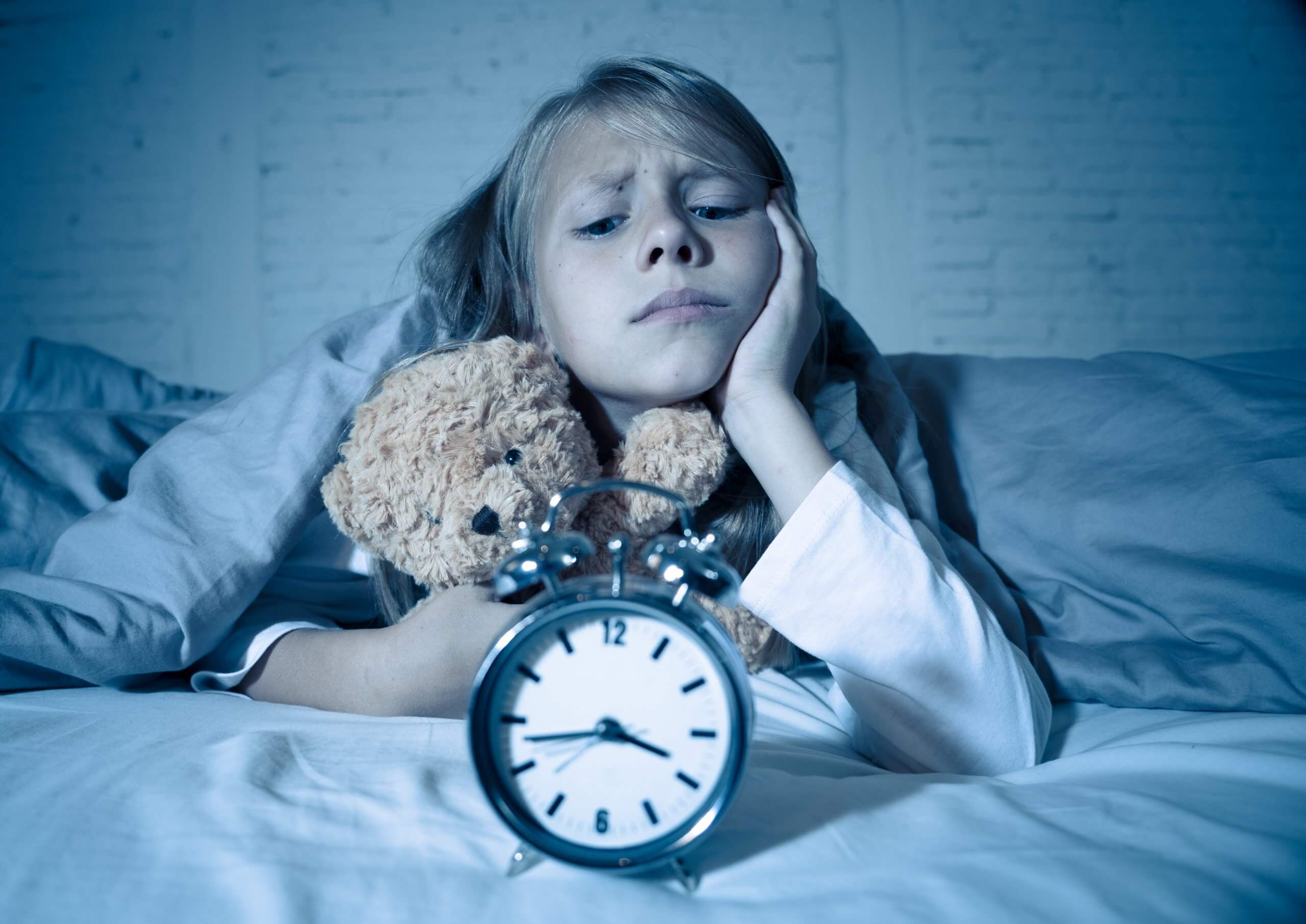December 15, 2025
Daylight Saving Time: Tips to Help Your Child Adjust

FEATURED POSTS
December 11, 2025
December 4, 2025
By Ronit Molko, Ph.D., BCBA-D
Strategic Advisor, LEARN Behavioral
Preparing a child who has autism spectrum disorder (ASD) for any routine change can be a significant challenge. In fact, insistence on sameness, inflexible adherence to routines, or ritualized patterns of verbal or nonverbal behavior are common traits and characteristics for children on the spectrum. So, you have your schedule, your child has adjusted to it, and then Daylight Saving comes along. Getting ready for school no longer happens during sunrise, and eating dinner no longer occurs in the dark. Now what? Thankfully, there are tools at your disposal that can mitigate the stress caused by these abrupt changes and help you prepare for the upcoming Daylight Saving Time—when our clocks “spring forward” an hour at 2 a.m. on Sunday, March 14.
When establishing a new routine with your child, planning ahead is important. A change is made all the more stressful when it is abrupt. You can sit down with your child a few days or even weeks before Daylight Saving to explain what will happen and why. If your child is used to visual routines, you can add the new sunrise and sunset into the visual schedule, so it is something they can look at and expect each day. You can even start using light-blocking curtains to mimic the upcoming change in sun around waking and sleeping times.

It is also helpful to put your child’s schedule in context with the rest of their day. Instead of explaining to your child what time each thing is to be done, you can explain it as an order of events. For example, you could say, “breakfast is before school,” instead of, “breakfast is in the morning at 7 a.m., and we leave for school at 7:30 a.m.” Framing the story in this way leaves room for flexibility. Plus, the statement will hold true when the time has changed—and your child and family continue to eat breakfast before school, regardless of the light outside or the time on the clock.
Another stressful trigger for children with ASD during this time is their internal clock. They may find themselves wide awake at their bed time and overly tired in the morning, as their bodies adapt. For this, two main techniques can help: incremental adjustment and physical activity. To use the first technique, start moving your child’s bed time in small increments (15 minutes, for example) each night leading up to Daylight Saving Day, so their bodies have more time to get used to the new schedule. Also make sure they engage in physical activity after school, so they burn some energy and feel tired by their new bed time.
For children with ASD, most of the stress that comes with routine changes stems from a lack of understanding the change. It will take time, but with proper communication and incremental adjustments, you can significantly minimize the stress triggers that come with Daylight Saving. Once your child has acclimated, reward their flexibility with a task they enjoy, verbal praise, or any preferred activity you currently use. This will lay the groundwork for flexibility in future routine changes and encourage positive coping behaviors for stressors moving forward.





